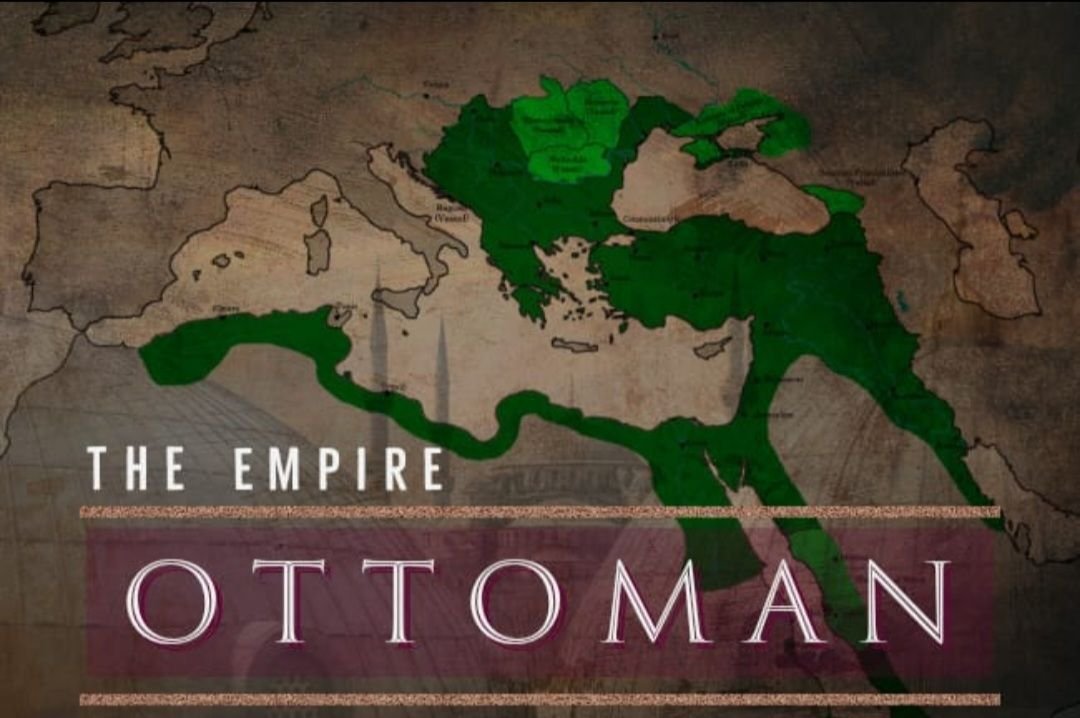
[13] The Ascent and Decline of The Ottoman Empire: [Clash between Bayazid I and Timur, and its repercussions on the Ottoman Empire]
In The Name of Allah, The Most Merciful, The Bestower of Mercy.
Timur was a member of the noble families in Transoxiana. In 1369 CE, he assumed the position of ruler of Khurasan, with Samarkand as its headquarters. Through his formidable armies, he was able to expand his influence and dominate a significant portion of the Islamic world. His vast forces stretched across Asia, from Dehli to Damascus, and from the Aral Sea to the Persian Gulf. His conquests included Persia, Armenia, the upper Euphrates, the Tigris, and the regions spanning from the Caspian Sea to the Black Sea. In Russia, he held control over the territories between the Volga, Don, and Dnieper rivers. Renowned for his bravery, military brilliance, and political acumen, Timur was known to meticulously gather information, employ spies, and carefully deliberate before issuing his orders. Such was his standing that his soldiers unwaveringly followed his commands, regardless of their nature.
Various factors and reasons led to the conflict between him and Bayezid. The rulers of Iraq, whose land was taken by Timur, sought refuge with Bayezid, while some rulers of Asia Minor sought protection from Timur. This led to both sides being incited to wage war against each other by the refugees. Additionally, the Christians supported Timur in his efforts to eliminate Bayezid. The exchange of fiery messages between the two parties further escalated tensions, with Timur indirectly insulting Bayezid in one of his letters by mentioning his family’s origins. Both leaders had ambitions to expand their respective states. His armies advanced and took control of Sivas, destroying the garrison led by Prince Ertugrul Bin Bayezid. Later, the two armies clashed near Ankara in the year 804 AH / 1402 CE. Bayezid’s forces, consisting of 120,000 soldiers, confronted their opponent. On July 20, 1402 AD (84 AH), Timur led a massive army into battle, resulting in a triumph for the Turco Mongols. Bayezid was captured and remained in captivity until his death the following year. Bayezid’s hasty decision led to his defeat. He should have considered the location where he set up camp with his army. His forces consisted of only 120,000 fighters, whereas his adversary commanded an army of at least 800,000 soldiers. The scorching summer weather exacerbated the situation, causing many of his troops to perish from thirst due to a lack of water. As soon as the two armies clashed in Ankara, the Tatar soldiers, who were part of Bayezid’s army, along with the soldiers from the recently conquered Asian emirates, promptly deserted and joined Timur’s forces.
The Christian nations in the Western world celebrated Timur’s triumph, amazed by the demise of Bayezid and the collapse of his empire. The monarchs of England, France, Castile, and the Emperor of Constantinople extended their congratulations to Timur for his remarkable victory. Europe believed that they had finally been liberated from the perpetual threat posed by the Ottomans, which had long instilled fear and posed a danger to them. Following his victory over Bayezid, Timur captured Iznik, Bursa, and various other cities and fortresses. He then proceeded to demolish the walls of Izmir, liberating it from the control of the Knights of Rhodes (also known as the Knights of St. John). He aimed to justify his actions in the eyes of the Islamic public, who accused him of severely damaging Islam by eliminating the Ottoman Empire. By engaging in battles against the Knights of St. John, he sought to portray the conflicts in Anatolia as a Jihad.
He restored the rulers of Asia Minor to their previous positions, reclaimed the emirates that Bayezid had taken over and granted them independence, and instigated conflicts among the sons of Bayezid who were disputing over leadership. The outbreak of a civil war within the Ottoman Empire posed a significant internal threat. This conflict arose between the sons of Bayezid, all of whom sought to claim rulership. The war endured for a decade, spanning from 806AH (1403 CE) to 816AH (1413 CE). Bayezid’s five sons actively engaged in the fighting, with Mustafa losing his life on the battlefield. Musa, on the other hand, was captured alongside his father, while the remaining three sons successfully evaded capture and escaped. Regarding Sulayman, the eldest among them, he journeyed to Adrianople and proclaimed himself as a sultan in that region. Eesaa, on the other hand, traveled to Brusa and made it known to the people that he was his father’s rightful heir. Meanwhile, Muhammad, the youngest of the siblings, retreated to Amasya accompanied by a group of soldiers. A conflict ensued between these three brothers, who were vying for control over the fragmented state, while their adversaries eagerly awaited their downfall from all directions. Timur then set Prince Musa free to fuel the flames of rebellion and escalate the conflict, urging them to engage in battle against each other. Subsequently, a year later, Timur led his army away after setting fire to both the lush and arid vegetation, leaving the nation in a state of utter ruin, devastation, and disorder. Despite facing internal conflicts, the Ottomans endured the hardships until “Muhammad I” took control as the sole ruler in 1413 CE, successfully reclaiming the territories that had been lost by the state.
An Excerpt from Ad-Dawlah Al-Uthmaaniyyah Awaamil An-Nuhood wa Asbaab As-Suqoot 6/73-83

